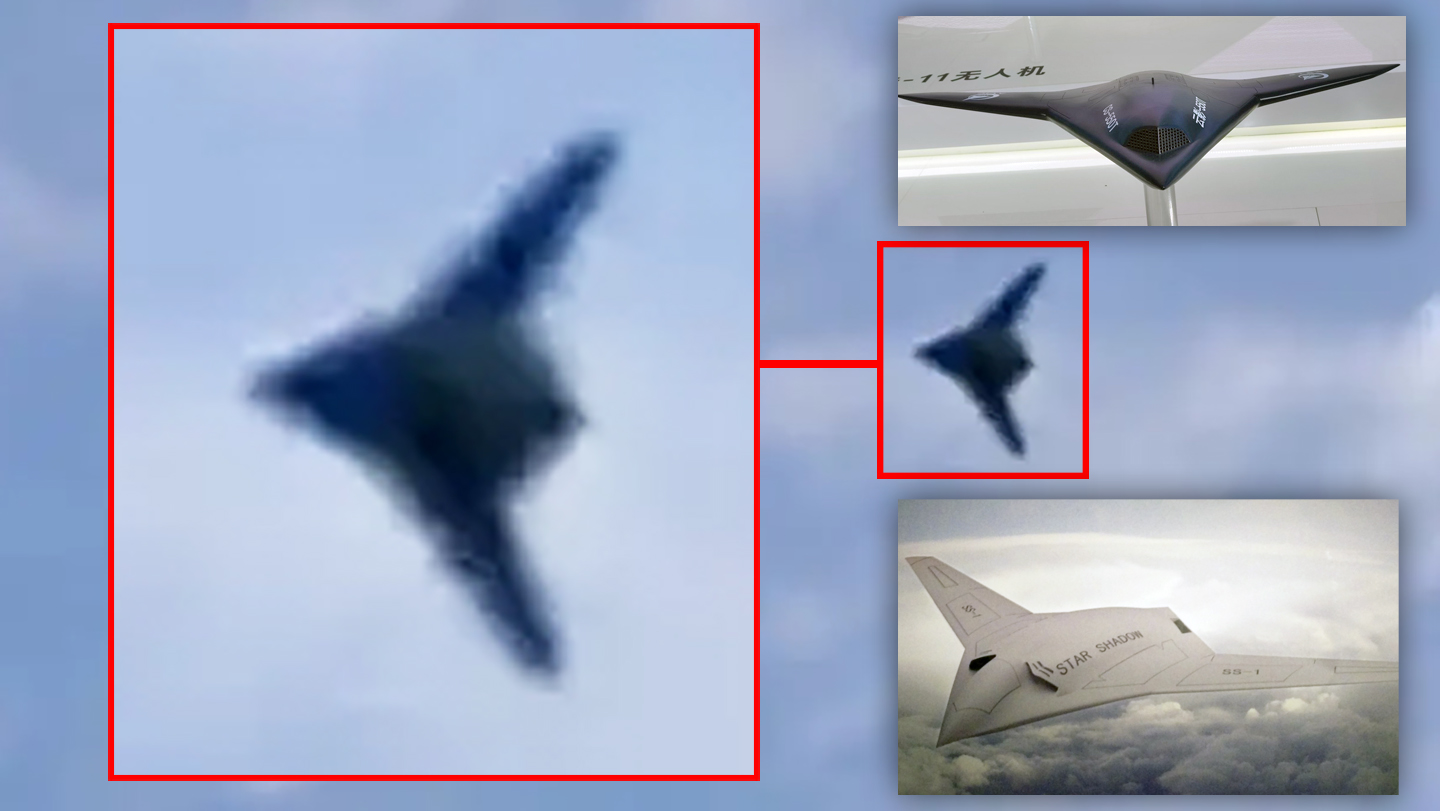We may just have seen the first imagery showing a new, stealthy Chinese flying-wing drone in the air. The mysterious drone design seems to have very loose similarities in planform to the Northrop Grumman X-47B, a pair of fighter-sized experimental unmanned combat air vehicles (UCAVs), now retired. Whatever it is, it joins a plethora of drones that are now flying or in development in China.
The video in question was apparently taken using a cellphone and then uploaded to Weibo, the Chinese microblogging website. Now the 13-second video is being shared on other social media channels, although there remain many questions about it, including where and when it was taken, and not least what it actually shows. It may, in fact, show a drone design we didn’t previously even know about.
At first sight, the drone in the video looks a lot like the Star Shadow, which is a flying wing design with a modified ‘cranked kite’ wing. However, the blurry nature of the original footage makes it hard to determine many details.
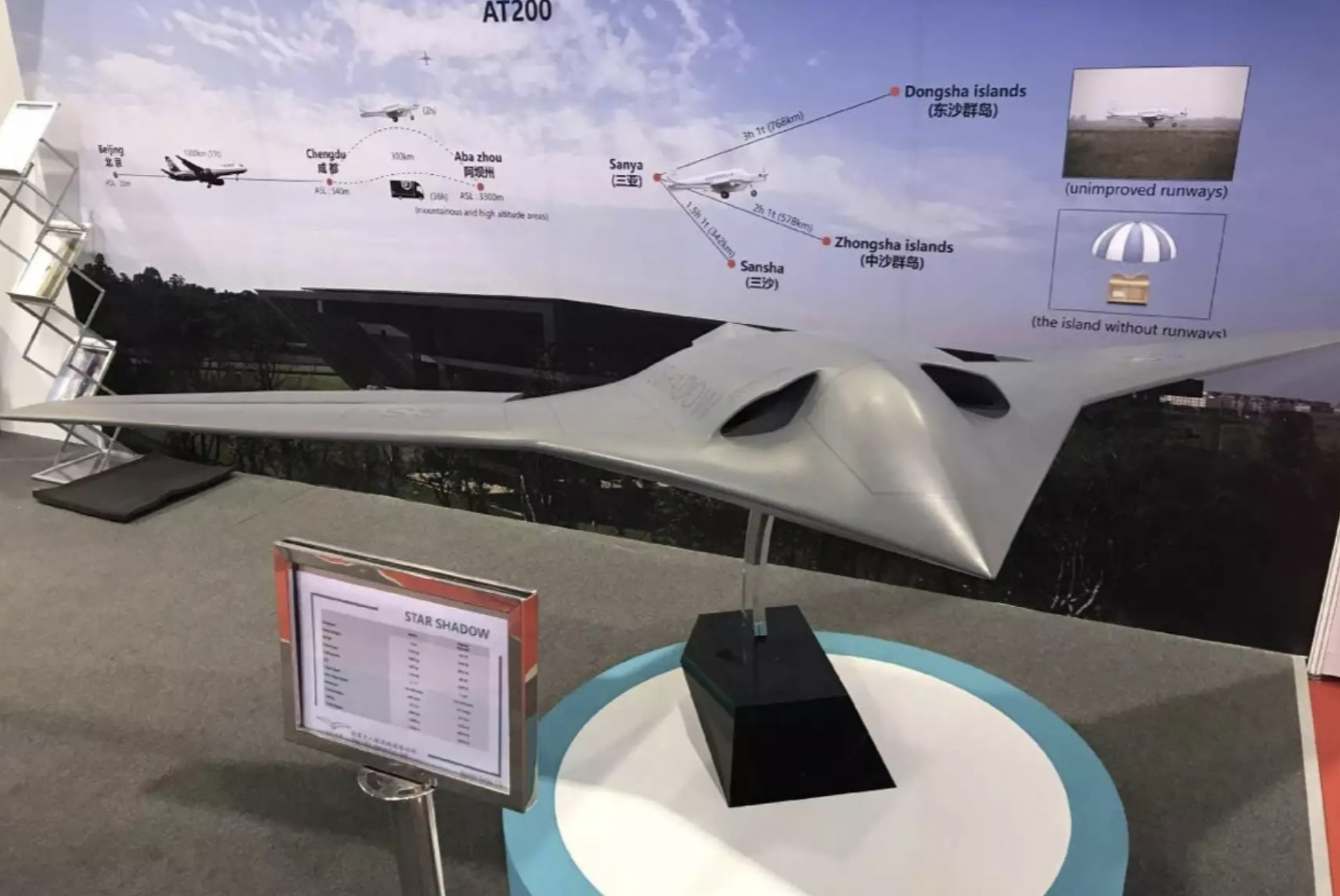
Indeed, it’s difficult to even gauge the scale of the vehicle shown in the footage, which may also show some kind of reduced-size test specimen or radio-controlled model that could be associated with the Star Shadow or with other projects entirely.
The clip might show a manned design of some kind, but this seems much less likely. We do still await the H-20 bomber‘s unveiling and there is another stealthy regional bomber supposedly in the works.
The Star Shadow is a project from the little-known Chinese company Star UAV System, based in Chengdu. It was first revealed in model form at the Singapore Airshow in 2018.
Published data for the Star Shadow includes a wingspan of just under 50 feet, a length of 23 feet, a 50,000-foot ceiling, and a 12-hour endurance. The gross takeoff weight is 9,000 pounds and the drone is said to be capable of carrying a 900-pound payload. The Star Shadow is powered by a pair of TWS800 turbofan engines, with low observable intakes and exhausts on the upper side of the fuselage.
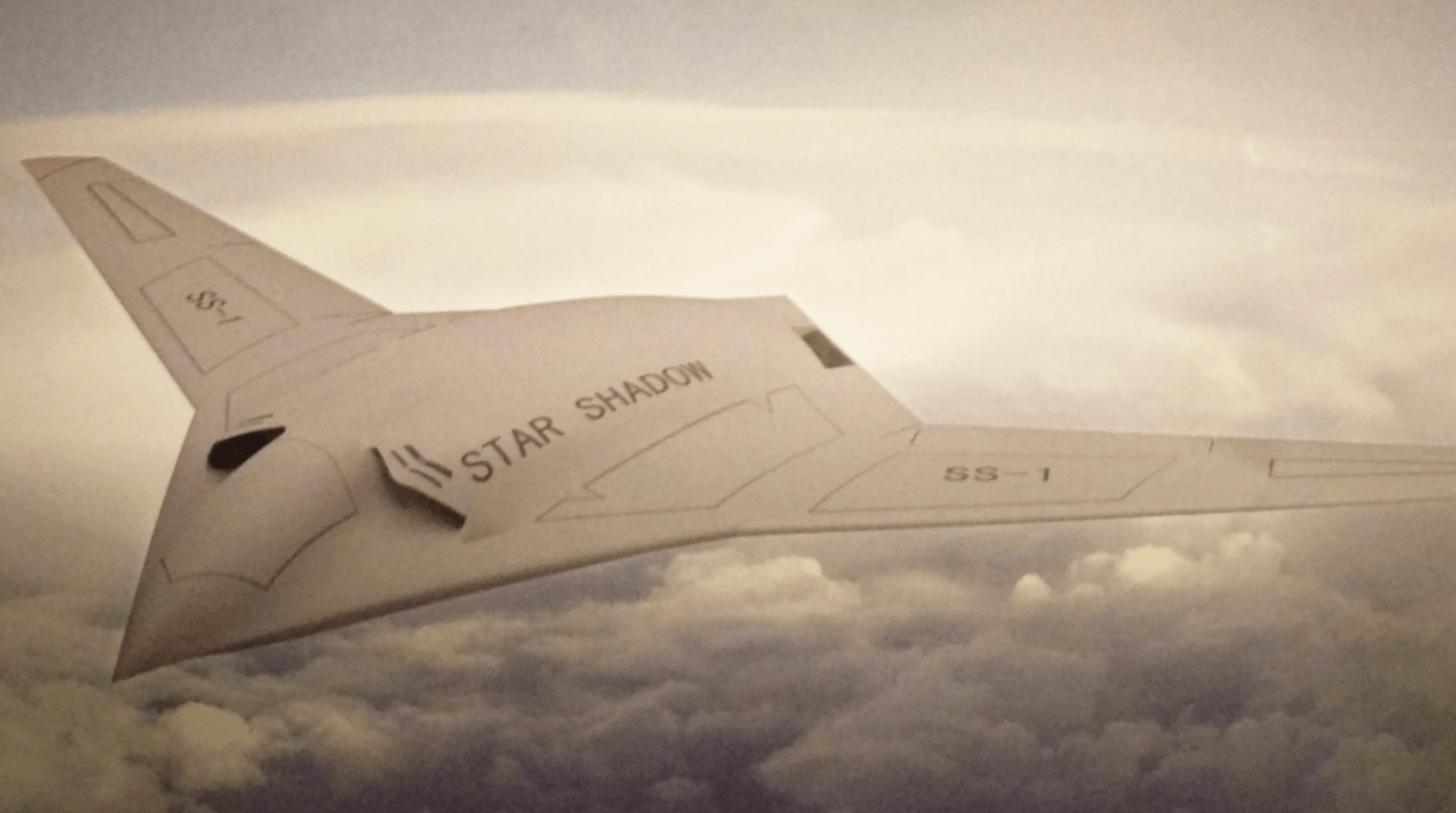
The Star Shadow, along with a growing family of stealthy flying-wing drones, embodies a much more advanced design concept than existing operational Chinese unmanned combat aircraft, which have, in the main, tended to be decidedly non-stealthy designs. In the process, however, China has developed much experience with these types of drones and won lucrative export orders, especially with the Caihong, or Rainbow series, exploiting a clear gap in the market.
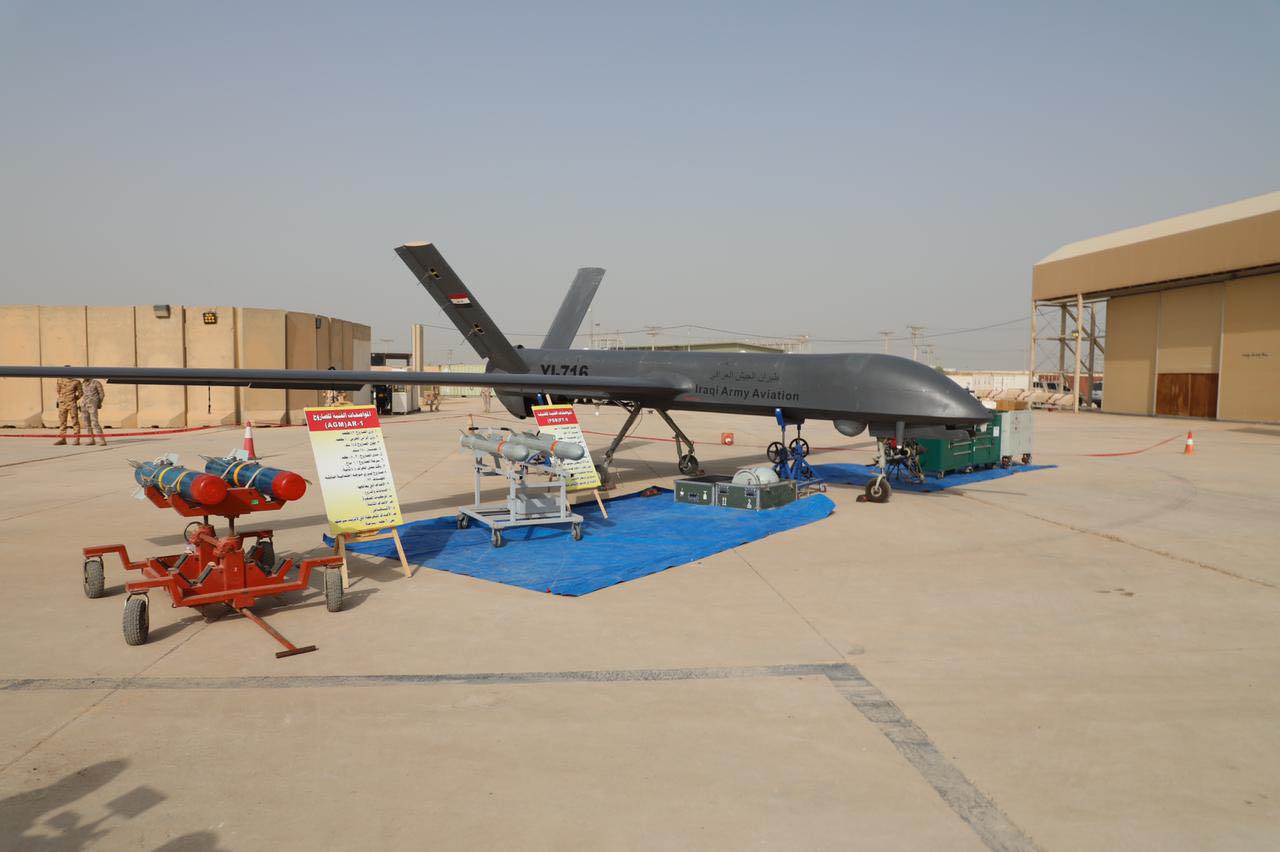
Early reports stated that the Star Shadow was being offered for export, but there was no official information as to what plans — if any — the People’s Liberation Army (PLA) had for the UCAV. At the time, it was suggested a first flight was planned for 2019, but there’s no previous evidence of it having actually flown.
Another possibility that has been raised by many online observers is that the drone in the video is the CH-7, or Caihong-7. This was developed by the state-owned China Aerospace Science and Technology Corporation (CASC), specifically by its 11th Research Institute. A full-scale mock-up of this drone was shown at the Zhuhai Air Show in 2018 where it attracted much attention.

Specifications of the CH-7 include a length of around 33 feet, a wingspan of 72 feet, a maximum take-off weight of 14.3 tons, and a top speed of Mach 0.75.
Other key features of the CH-7 include a dorsally mounted intake for its turbofan engine, and internal accommodation for weapons and other payloads, reflecting that it’s intended to undertake both strike and reconnaissance missions in a more traditional unmanned combat air vehicle (UCAV) role.
Indeed, when it was unveiled, the CH-7 was described as a high-altitude, long-endurance stealth combat drone, its chief designer Shi Wen saying that the aircraft would be able to “fly long hours, scout and strike the target when necessary.”
Back in 2018, a corporate video from CASC said that the CH-7 was due to begin flight tests in 2019, with production to commence by 2022. It’s not known if either of these targets was met.
However, the drone in the recently emerged video seems unlikely to be a CH-7 based on the planform of the mockup put on display in 2018.
There have even been suggestions that the drone in the video could even be a smaller target drone design, namely the Aviation Industry Corporation of China (AVIC) CS-550T, which has a wingspan of just 18 feet. It is designed to carry mission payloads of more than 100 pounds, including electronic jamming devices and infrared flares.
According to its developers, the CS-550T is intended to simulate various tactical operations to support weapons tests and combat training, part of an increasingly sophisticated array of training aids and simulations available to the PLA.
Indeed, there’s some indication that the way the wings join the fuselage of the drone in the video is particularly reminiscent of the CS-550T. The target drone is also reportedly already flying, while the flight status of the Star Shadow and CH-7 is less clear.
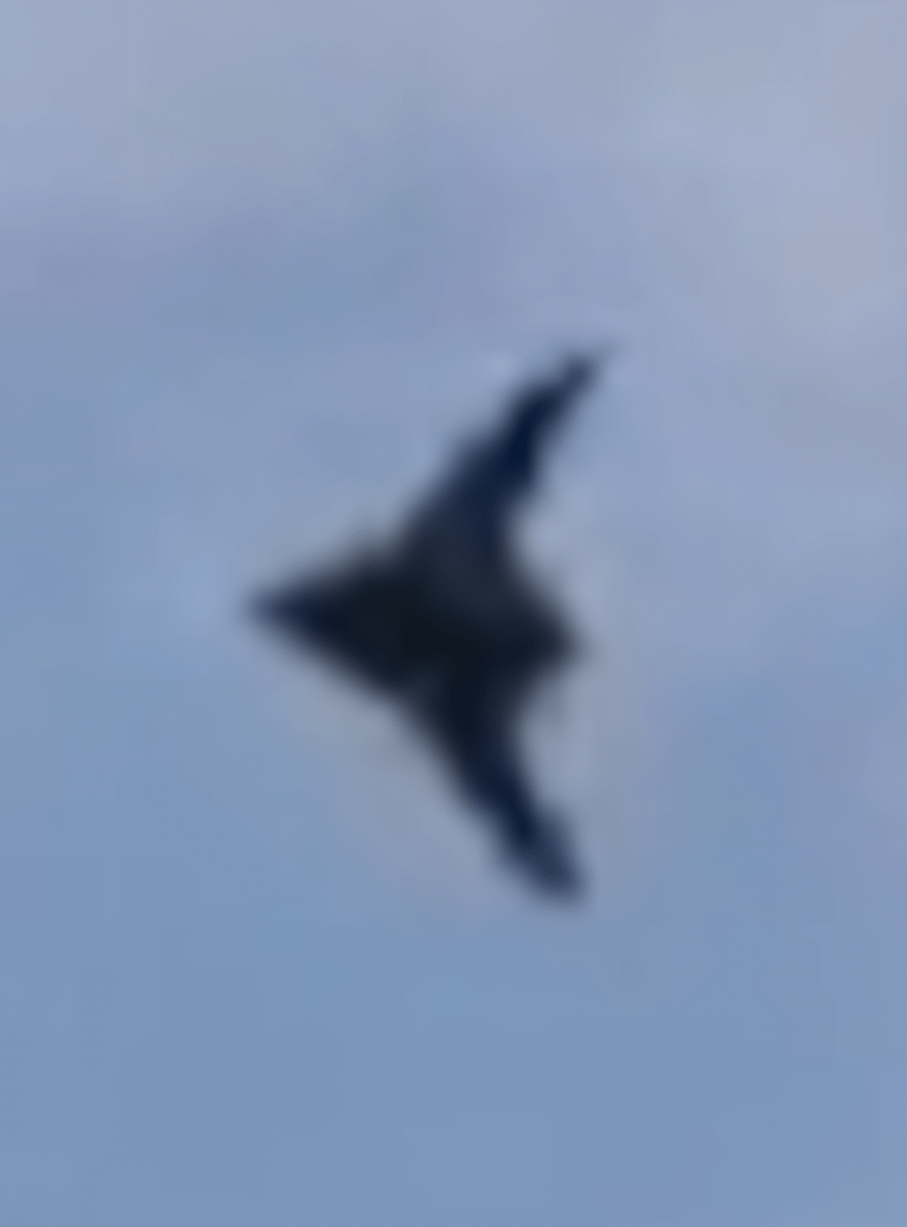
Overall, China is clearly busy developing stealthy drones, as well as improving the low-observable characteristics of existing platforms like the GJ-11 Sharp Sword, another flying-wing design optimized for higher-performance combat. Even the smaller Tian Ying has been in active advanced flight trials.
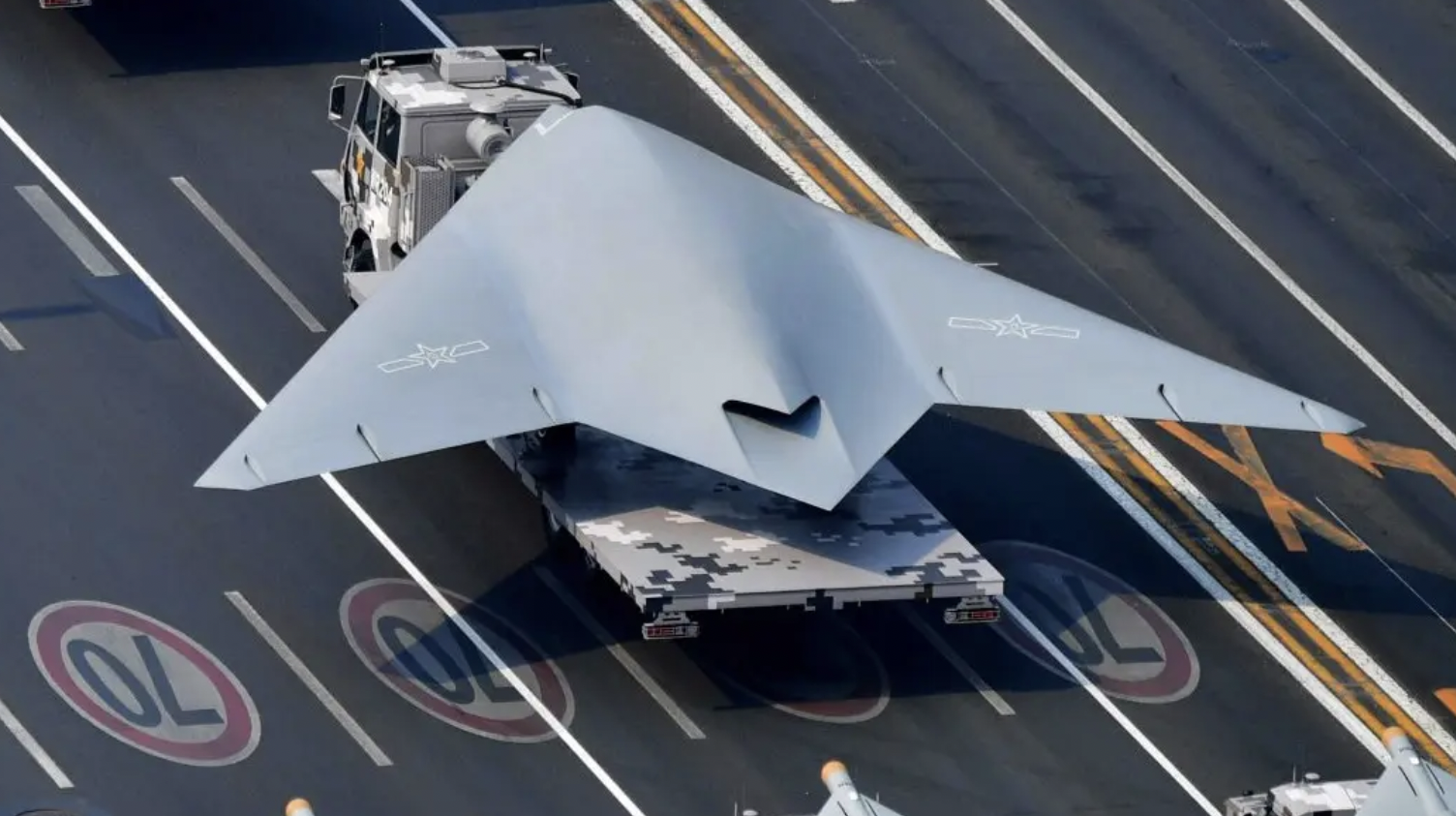
The fact that most of these stealth unmanned aircraft seem to include strike missions as a key part of their operational profile is noteworthy — especially bearing in mind the lack of equivalent platforms (that we know about, at least) in the U.S. military. You can read all about that troubling reality in this special feature of ours.
While details of the weapons and sensors intended for the Star Shadow and CH-7 are not available, the GJ-11, which is broadly similar in concept albeit one more focused on kinetic operations, is reportedly able to carry two 2,000-pound class munitions in internal bays. There have also been reports that the People’s Liberation Army Navy (PLAN) is looking at using a version of the Sharp Sword and possibly Tian Ying from its flattops in an unarmed intelligence, surveillance, and reconnaissance (ISR) capacity, something you can read more about here. Strike-capable variants could follow, especially as China introduces catapult capability to its carrier fleet.
While it’s unclear how far development has progressed on either the Star Shadow or the CH-7, the fact that they have been promoted for export is, in itself, a significant move from China, emphasizing its ambitious positioning in this field.
Russian Ministry of Defense footage of a prototype S-70 Okhotnik UCAV:

While there have been some concerns voiced about the quality of certain Chinese drone exports, the fact that it’s not shackled by the Missile Technology Control Regime, which limits the exports of missiles and other unmanned vehicles, and is generally more open to selling arms without political conditions, has been key.
Official video of the CH-4 UCAV, customers of which include Algeria, Egypt, Iraq, Myanmar, Pakistan, and Saudi Arabia:

Regardless of the real identity of the vehicle shown in this latest video, it’s by now no secret that China is pressing ahead with the development of stealthy unmanned aircraft as well as drones of all types.
While China is, to a degree, conducting this activity in a more public way than the United States, it’s nevertheless highly significant that Beijing apparently began to focus on this work at more or less the same time that the United States was apparently losing interest in it. That has since changed.
As well as the actual drone hardware, it’s equally important to note that China has been busily developing the architecture that will eventually allow UCAVs to be employed both as autonomous, networked swarms, but also as companion ‘loyal wingmen’ to manned combat aircraft — including stealth ones.
With that in mind, the video of the mystery drone is, at the very least, another reminder that China continues to push further ahead in developing a genuine stealth UCAV capability.
Contact the author: thomas@thedrive.com
